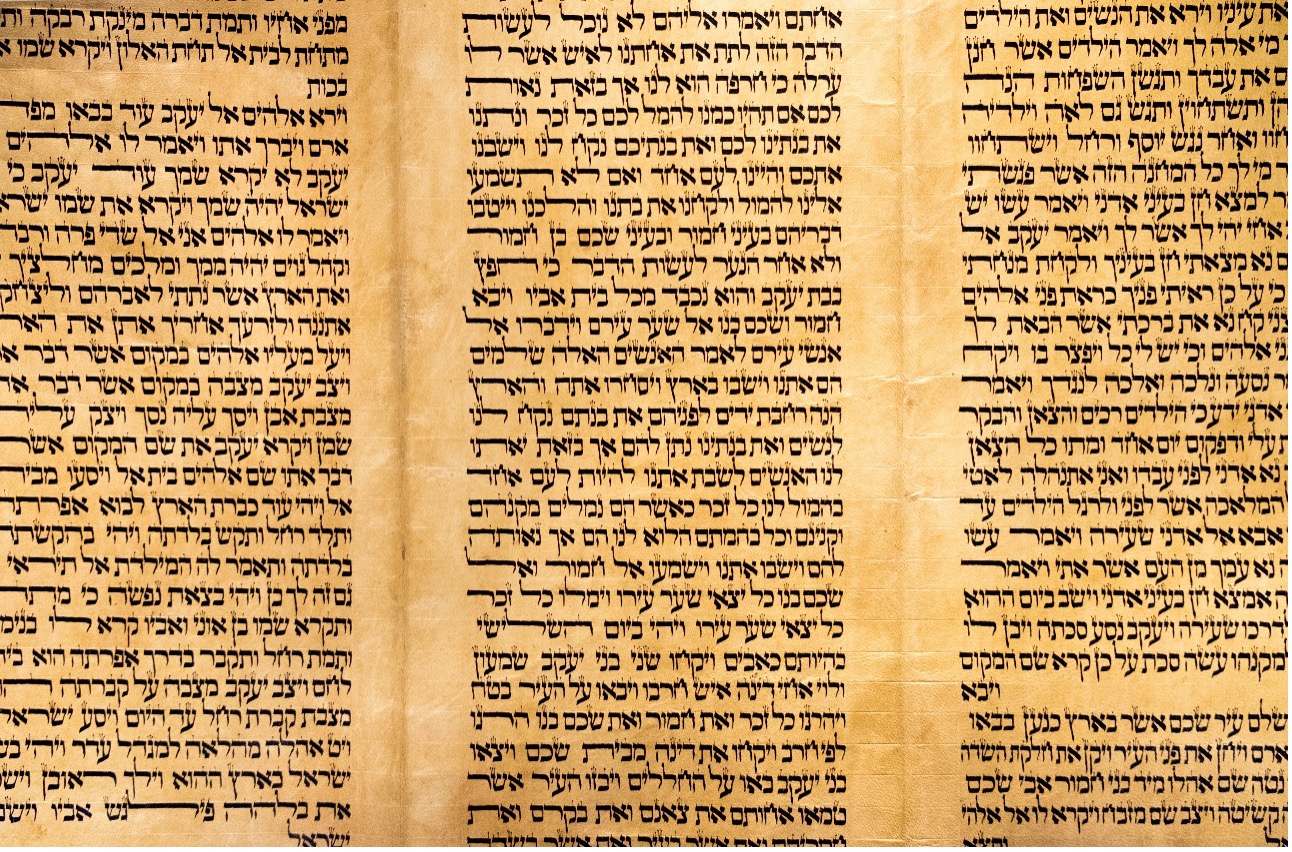The Hebrew language, with its ancient roots and modern revival, stands as a testament to the resilience and adaptability of human culture. In this blog, Daniel Waxman of Long Island delves into the rich history of the Hebrew language, explore its literary milestones, and reflect on its ongoing evolution and influence in the modern world.
The Historical Journey of Hebrew
Ancient Beginnings
Hebrew, a Semitic language, finds its origins in the Canaanite group of languages, closely related to Phoenician and Moabite. It first emerged in the 10th century BCE, evident in archaeological inscriptions. The language of the Hebrew Bible (Tanakh), Classical Hebrew, became the cornerstone of Jewish culture and religion.
Medieval Transformations
During the diaspora, Hebrew evolved into a primarily liturgical and scholarly language, with the rise of Rabbinic Hebrew. Medieval Jewish poets and philosophers in Spain, such as Judah Halevi and Moses Maimonides, contributed significantly to Hebrew literature, often blending religious and secular themes.
The Revival in Modern Times
The late 19th and early 20th centuries witnessed a remarkable revival of Hebrew as a spoken and literary language, led by figures like Eliezer Ben-Yehuda. This period saw the transformation of Hebrew from a language of ancient texts to a living, vibrant means of communication in the Jewish community and eventually became the official language of the State of Israel.
Literary Landmarks in Hebrew
Biblical Literature
The Hebrew Bible, a foundational text of Western civilization, encompasses a range of genres, including law, history, poetry, and prophecy. Its literary beauty is evident in the Psalms’ lyrical verses and the evocative narratives of the Prophets.
The Talmud and Rabbinic Literature
Post-biblical Hebrew literature includes the Mishnah and the Talmud, central texts in Jewish law and theology. These works are not only legal documents but also contain stories, ethical teachings, and folklore, reflecting the life and thought of the Jewish people in antiquity.
Medieval Poetry and Philosophy
The Golden Age of Jewish culture in Spain saw Hebrew poetry flourish with works like Halevi’s “Kuzari” and Maimonides’ “Guide for the Perplexed,” combining religious, philosophical, and poetic insights.
Modern Hebrew Literature
The revival of Hebrew as a spoken language gave birth to a rich modern literature. Pioneers like Shmuel Yosef Agnon, who won the Nobel Prize in Literature, and poets like Chaim Nachman Bialik and Rachel Bluwstein, played key roles in shaping modern Hebrew literature, addressing themes of love, exile, and the Jewish experience.
Hebrew in the Contemporary World
Language Evolution
Modern Hebrew continues to evolve, absorbing new influences and technological terms. The language’s flexibility and capacity for innovation make it a dynamic tool for contemporary expression.
Global Reach
Hebrew is not just confined to Israel; it’s studied and cherished by people around the world interested in Jewish culture, biblical studies, and Middle Eastern affairs.
Digital Age Adaptations
The digital era has seen Hebrew adapt to new forms of communication, with a vibrant presence on social media, in software, and in digital literature.
Hebrew language and literature embody a journey through time, encapsulating the resilience and creativity of the human spirit. From its ancient roots to its modern expressions, Hebrew remains a living link to the past and a vibrant medium for contemporary thought and creativity. Whether in the poetic lines of the Bible, the philosophical depths of medieval texts, or the rich tapestry of modern literature, Hebrew offers a unique window into the soul of a culture that has profoundly influenced the world.
